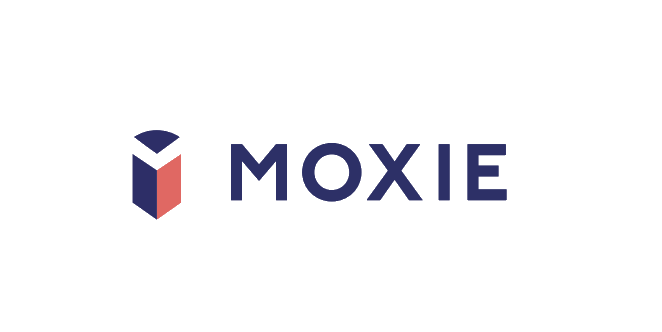AI-Powered Research and Planning for Dissertation/Thesis Introduction & Literature Review
Embarking on a dissertation or thesis can be overwhelming, particularly in the initial stages of research and planning. AI tools have emerged as powerful allies, transforming the way doctoral students approach these challenges.
Efficiency in Literature Review
AI technologies are revolutionizing literature reviews, a cornerstone of academic research. Tools like Elicit.com and Scite.ai leverage large language models to efficiently identify relevant literature, summarize key findings, and highlight research gaps. For GPT-4 users, the ScholarAI plugin integrates literature directly into your writing. Additionally, visual learners can benefit from innovative literature mapping tools, enhancing understanding and organization.
Tailored Moxie Tools
At Moxie, we've crafted tools specifically designed for all stages of dissertation or thesis writing. Our offerings cater to different needs:
The free Explorer Tier includes a tool called “LitSearch Guide” for fundamental literature searching. For just $9/month, our Navigator Tier includes a the following tools:
Literature Search Strategy Reviewer
Literature Search Selection Assistant
Literature Review Outline Assistant
Literature Synthesis Mentor
Research Article Summarizer
Finally, our Pioneer Tier includes the most advanced tools like Citing and Introducing Sources Feedback Tool and Paraphrase Companion, refining writing quality and source integration.
Finalizing Your Draft
After creating your draft, use this checklist to refine Chapter 1:
Overall Structure: Check for logical flow, paragraph/sentence structure, punctuation using tools like our AI Proofreader, MEAL Plan, or the Reverse Outline Tool in the Navigator Tier.
Introduction & Background: Ensure clear introduction of your topic, its significance, and a concise problem history using the Purpose Statement Reviewer, Research Problem Statement Reviewer, and/or the Research Question Refiner, all of which are available for FREE.
Definitions & Theoretical Framework: Accurately define key terms and explain your theoretical framework. Although the tool is designed to explain the meaning behind “theoretical framework,” we also have a workshop available on this topic on our YouTube Channel.
Limitations & Summary: Address potential limitations and provide a concise summary with a transition to Chapter 2.
After all of the above is done and before you send that draft out to your advisor, we suggest checking APA format adherence using ReciteWorks, which is available for really low rates for one-time use or monthly fees. .
This blog post aims to alleviate some of the common pain points experienced by graduate students writing Chapters 1-2 of their dissertation or thesis, providing a roadmap to navigate the daunting task of dissertation and thesis writing with AI-powered efficiency and clarity. Stay tuned for more insights in our series on leveraging AI in doctoral research.
